Mutant-Hut by Iranian architect Habibeh Madjdabadi is one of twelve Houses designed by renowned architects from various countries for the Voronet Park development.
This initiative invites twelve international architects to create distinctive living spaces on a shared site of 11,000 square meters, offering visitors the opportunity to experience architecturally significant environments amid the breathtaking mountainous landscape of Voronet. Madjdabadi takes the archetypal image of a hut as the starting point for her design of a house in Voronet Park. By transforming this familiar form, she creates a bold new vision that is both rooted in tradition and resolutely contemporary.
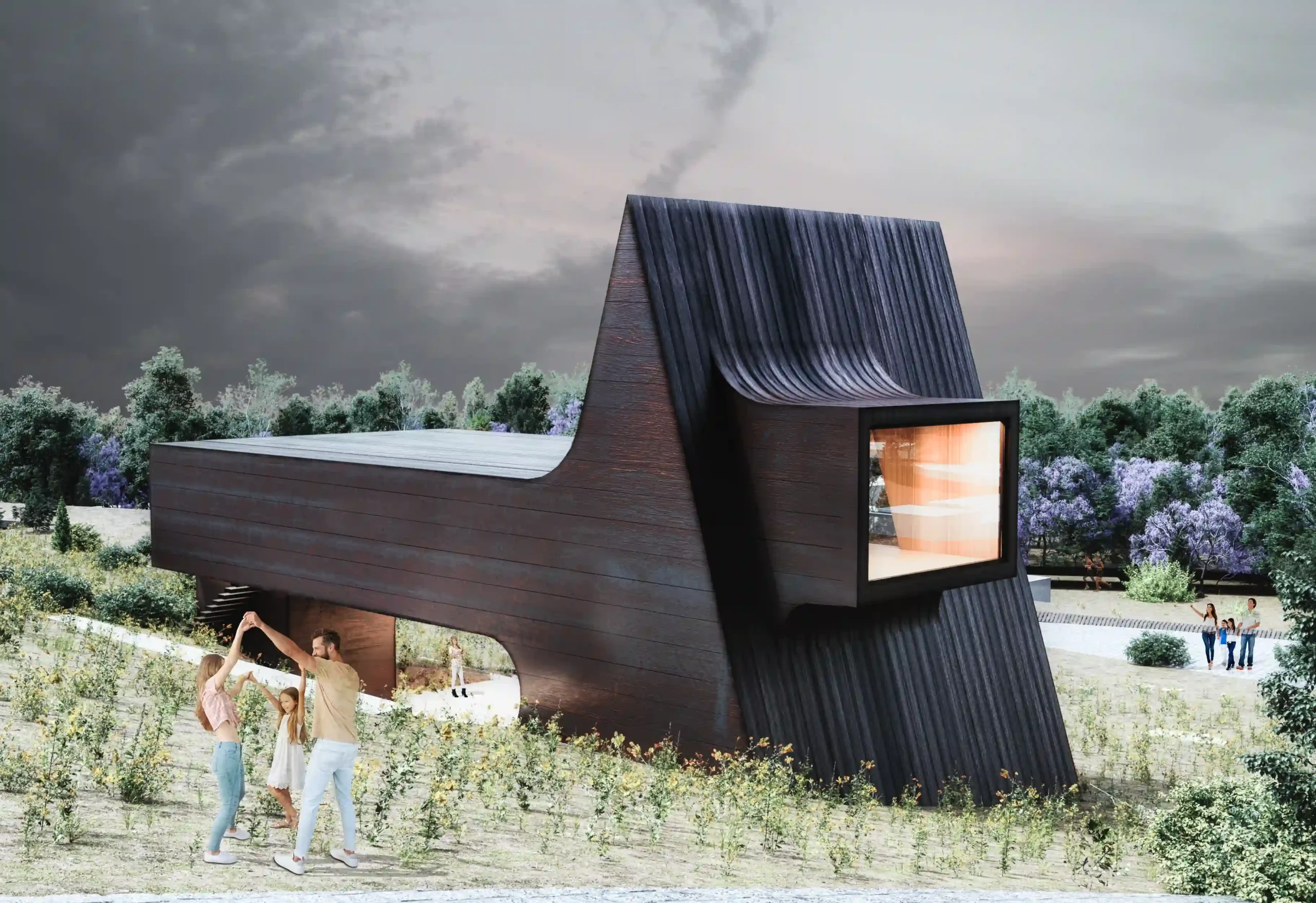
Design Elements: Mutant-Hut as a Fusion of Tradition and Modernity
The core concept centers around the hut shape, clad in dark wood, which is an essential element of local architecture in Voronet, where wooden houses predominate. The house’s form intentionally creates a tension between angular and curvilinear elements. The angular hut archetype contrasts with the curved volumes that echo the natural topography of the land.
Sited in front of the main entrance, the triangular hut-shaped facade emphasizes the axis of approach. Madjdabadi gradually distorts and elongates the recognizable archetypal form, growing two volumes on the north and south sides of the house.
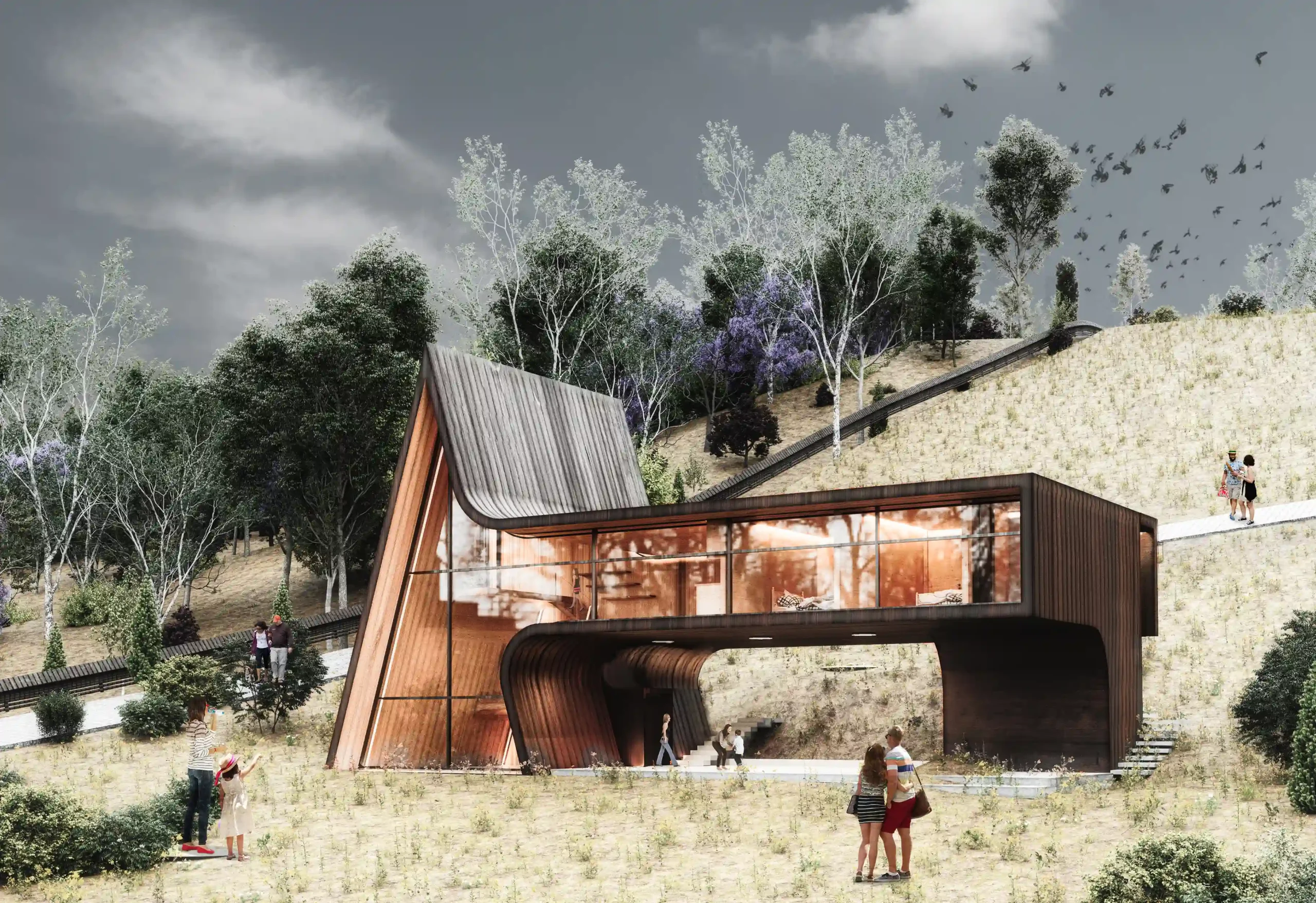
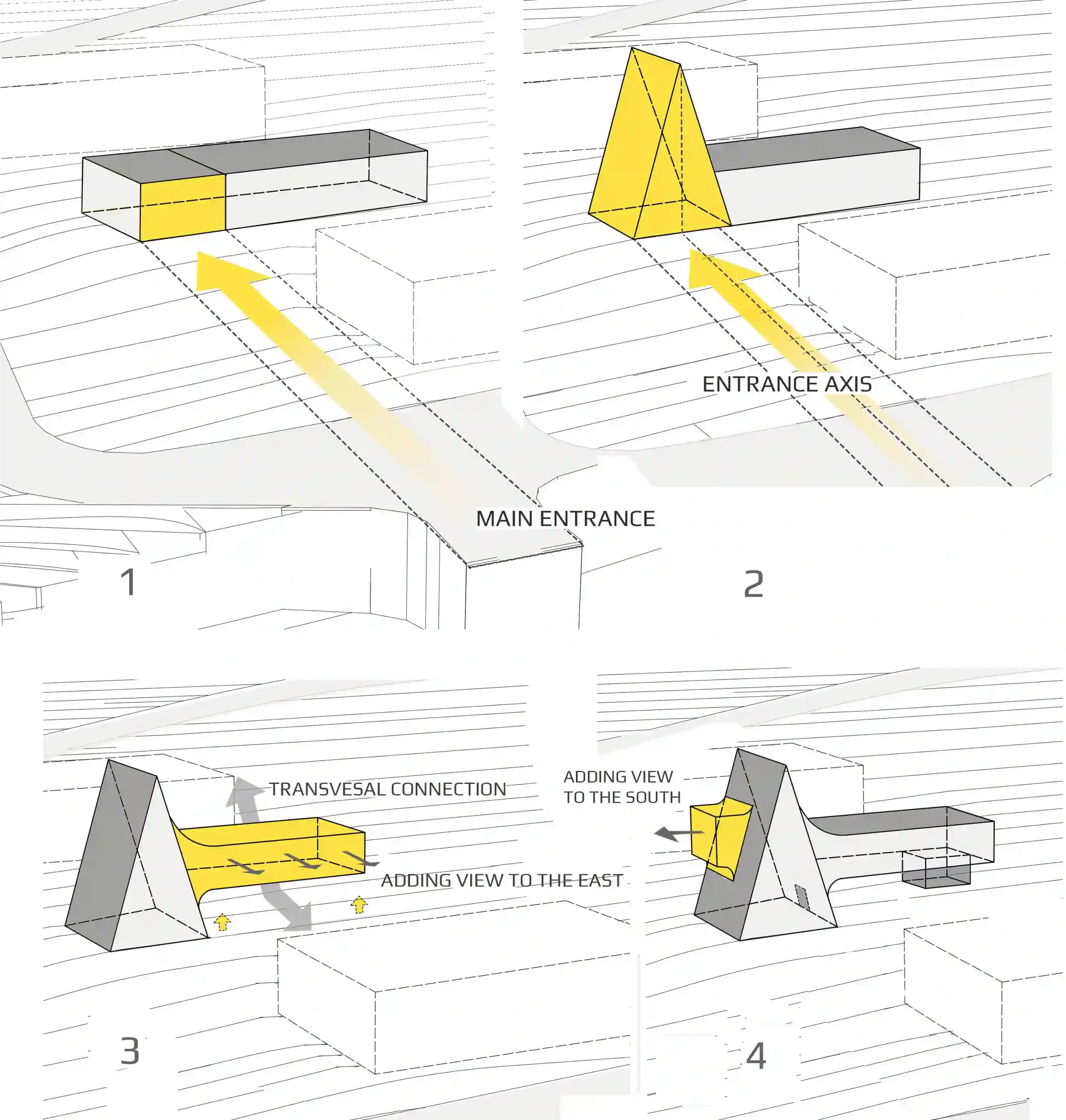
The longer extended wing is uplifted, allowing the land to flow beneath, while the house touches the ground at only two points. By minimizing its footprint, the house reduces interference with nature. This creates a tunnel-like void space that connects the upper and lower parts of the sloping site, a unique relationship with the land that is a hallmark of Madjdabadi’s work.
The raised wings provide panoramic views of the interior spaces, which are arranged on three interconnected levels. The hut-shaped central space features a gathering area inspired by the traditional Iranian Korsi—a low table covered with a heavy blanket under which a heat source is placed., further emphasizing the importance of shared spaces and experiences in the home.
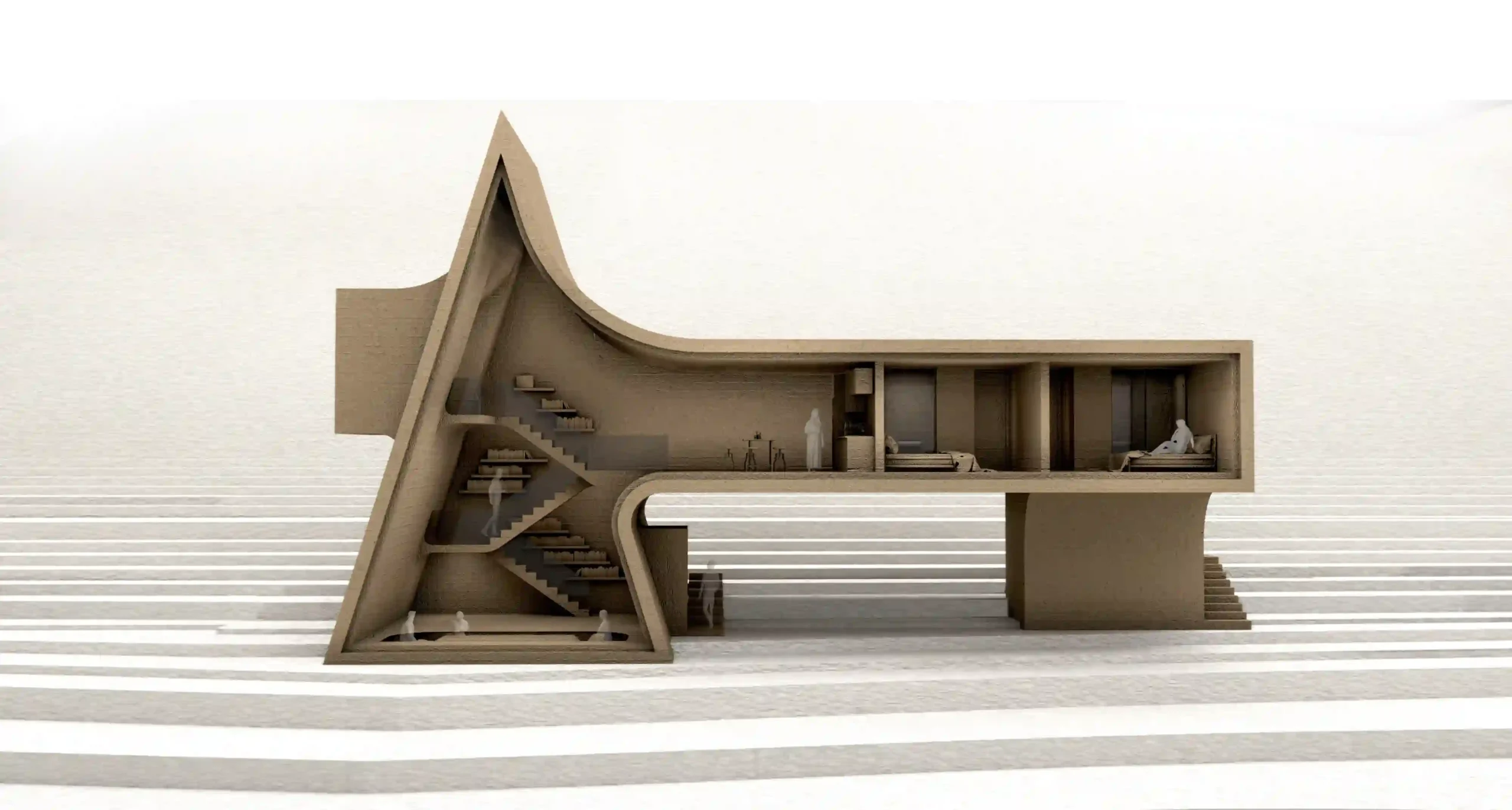
The north extensions accommodate functional needs while maximizing views of the stunning Voronet Valley to the east. The south wing, accessible via interior stairs, is designed to capture sunlight and frame views of the adjacent trees and walking paths in Voronet Park.
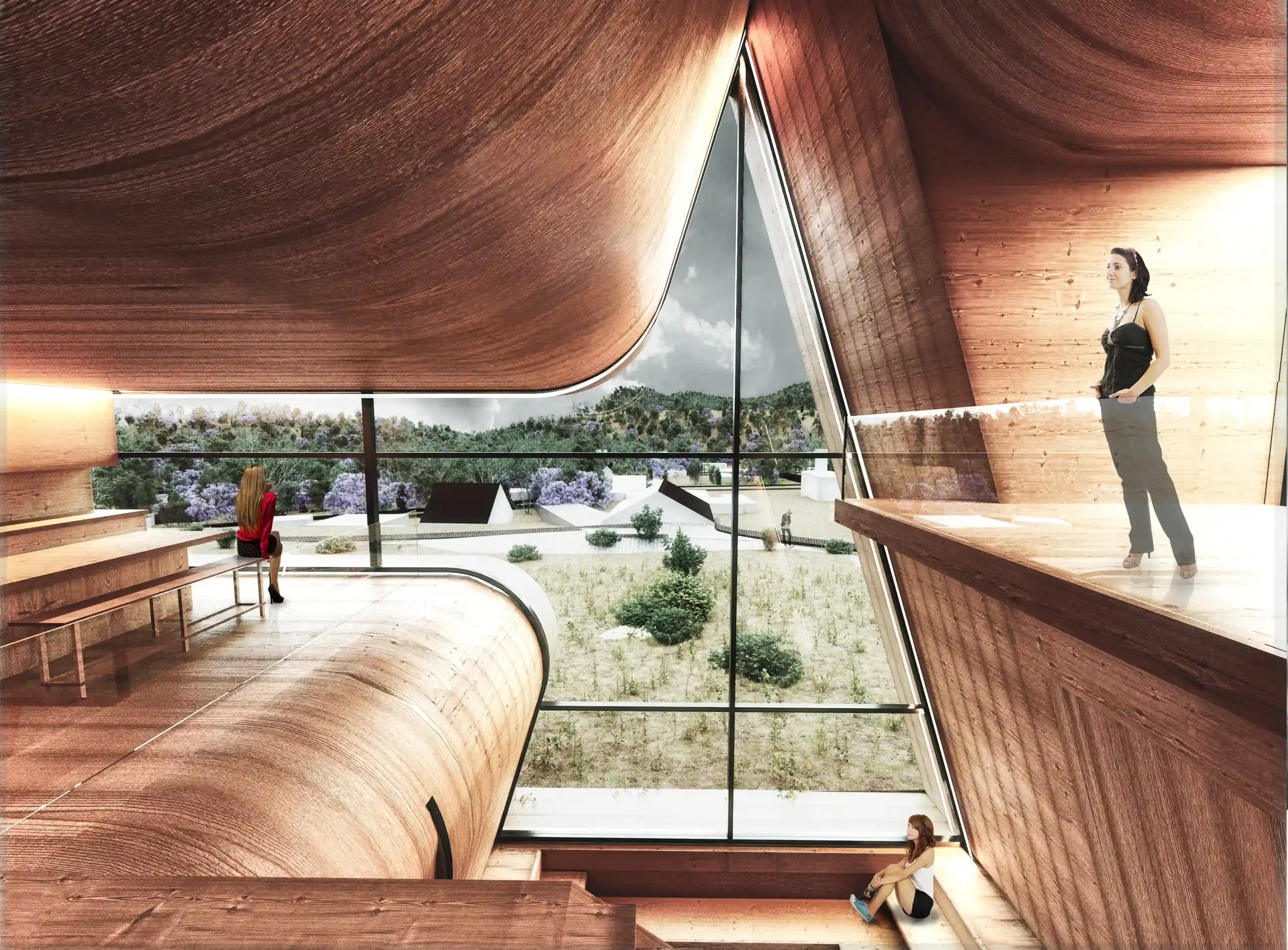
Cultural Influences: Iranian Heritage and Contemporary Context
Madjdabadi’s Iranian heritage informs her emphasis on axes and sensitivity to a building’s relationship with the ground, principles evident in her other projects. Here, she reinterprets these ideas in a contemporary context, taking the familiar hut form and mutating it into something extraordinary.
The core shape remains recognizable, with its pitched roof, but is transformed through the extended volumes that frame these vistas by expansive windows, blurring the boundaries between indoors and out.
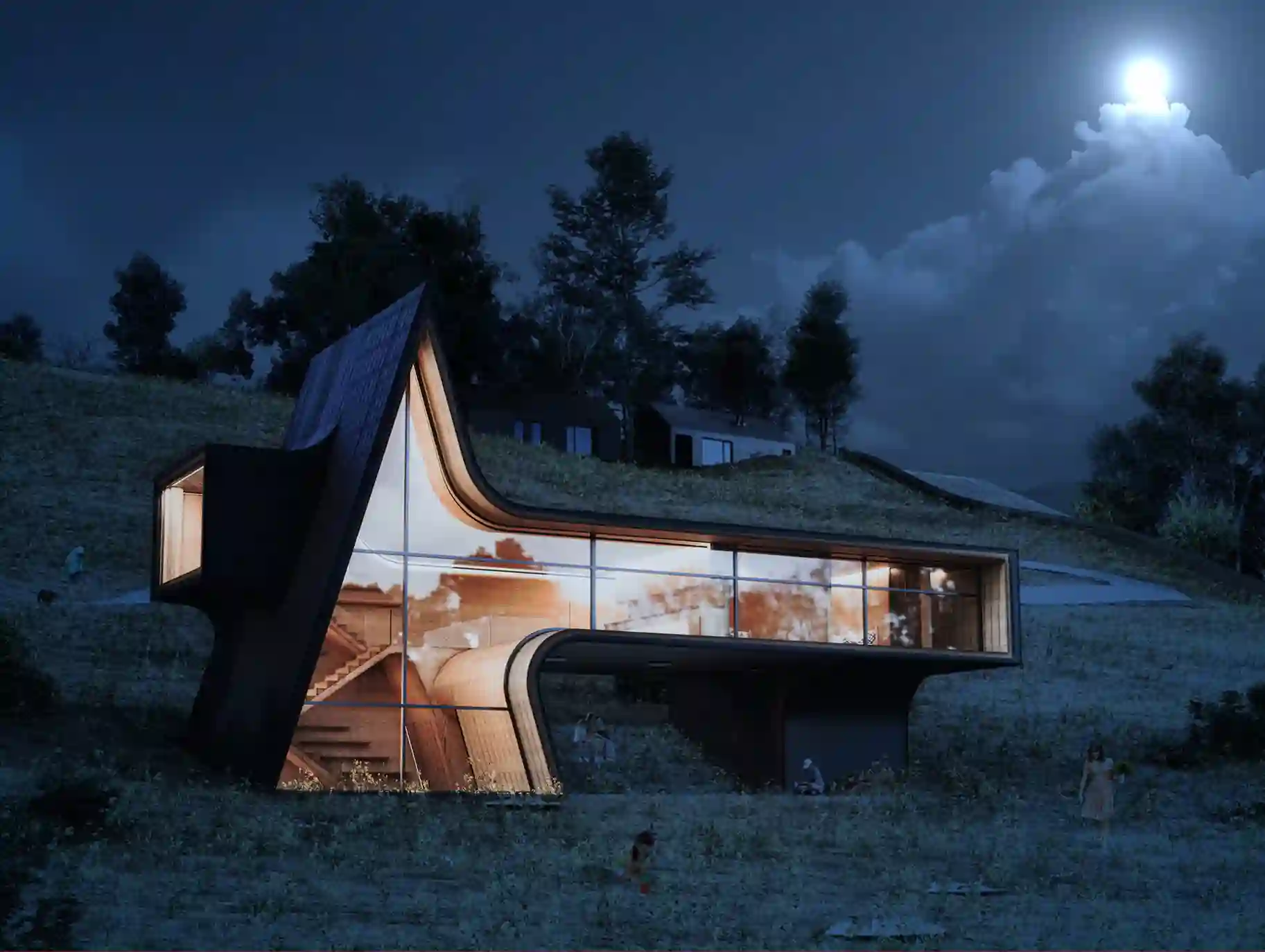
By taking the archetypal hut as a starting point and then distorting and elongating its form, Madjdabadi creates a house that is both grounded in its context and boldly innovative. The Mutant Hut exemplifies her ability to draw on tradition while pushing the boundaries of what vernacular architecture can be. As part of the larger Voronet Park development, it stands out as an impressive and memorable addition to the neighborhood.
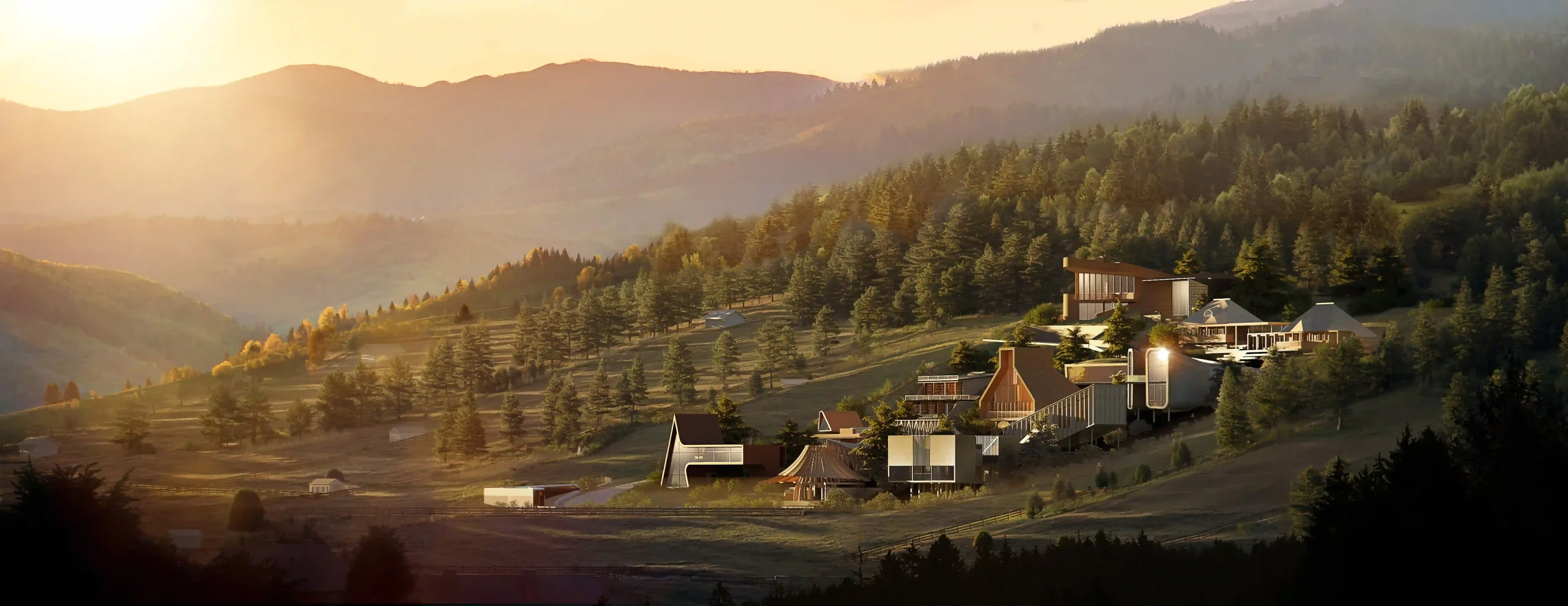
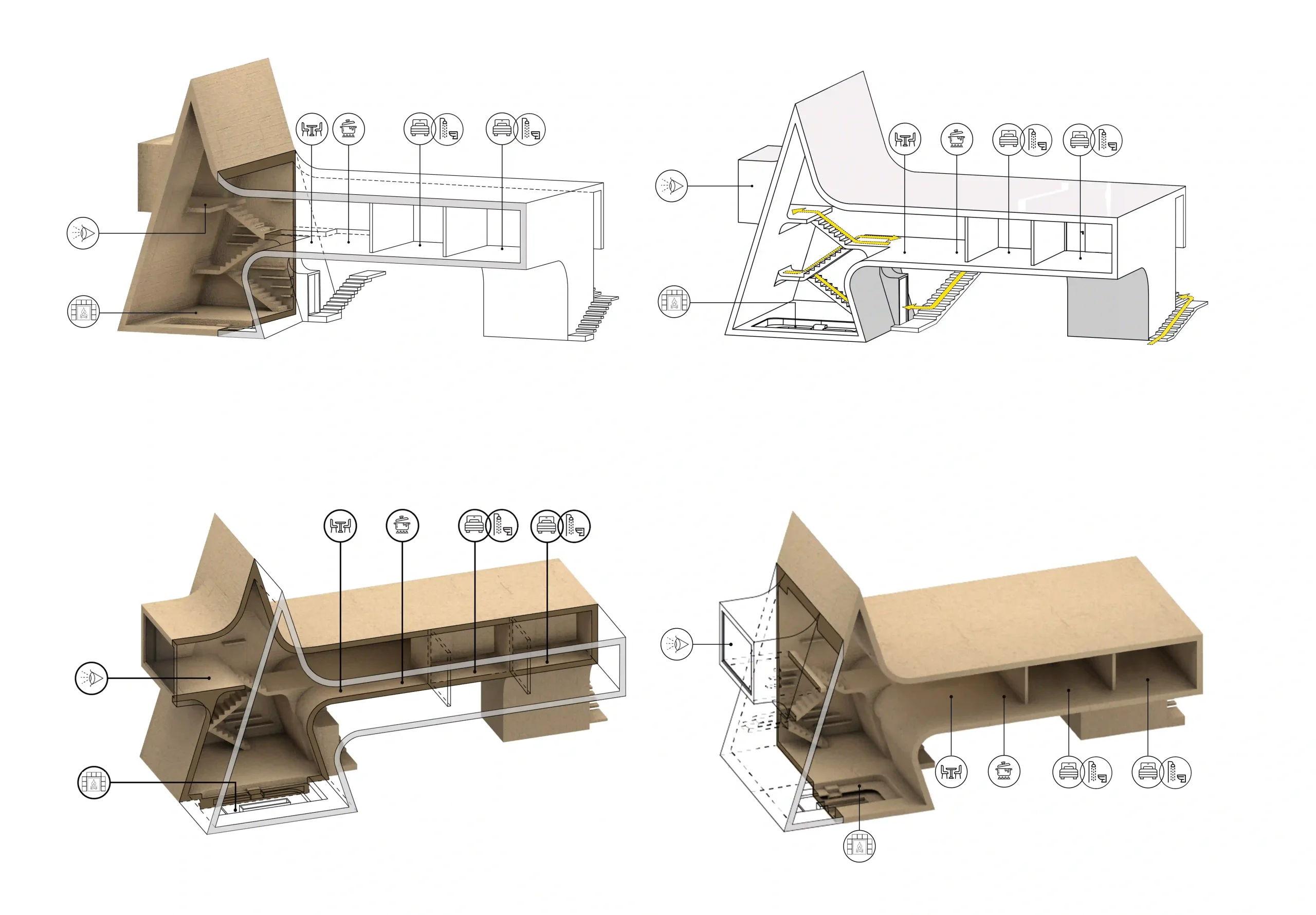
Project Details:
Project: Mutant-Hut
Site location: Voronet, Suceava, Romania
Client: Share Architects Alliance Program
Land area: 11000 sqm
Plot area: 270 sqm
Architect: Habibeh Madjdabadi
Modeling, rendering, and graphics: Mona Mohseni, Mohammad Hossein Bashari
©Habibeh Madjdabadi Architecture Studio holds the copyright to all images.
About the Architect:
Habibeh Madjdabadi is one of the most outstanding architects in the younger generation of Iran. Her work has been recognized and awarded internationally. Madjdabadi’s artistic exploration goes beyond architecture as she is also making her mark in installation art and design.
For more information about Habibeh Madjdabadi and her works, watch the episode PATALKS 04 on our YouTube channel!
Learn with PAACADEMY: Check out the workshops at PAACADEMY to learn from the industry’s best experts how to use advanced parametric design tools, AI in design workflows, and computational design in architecture!




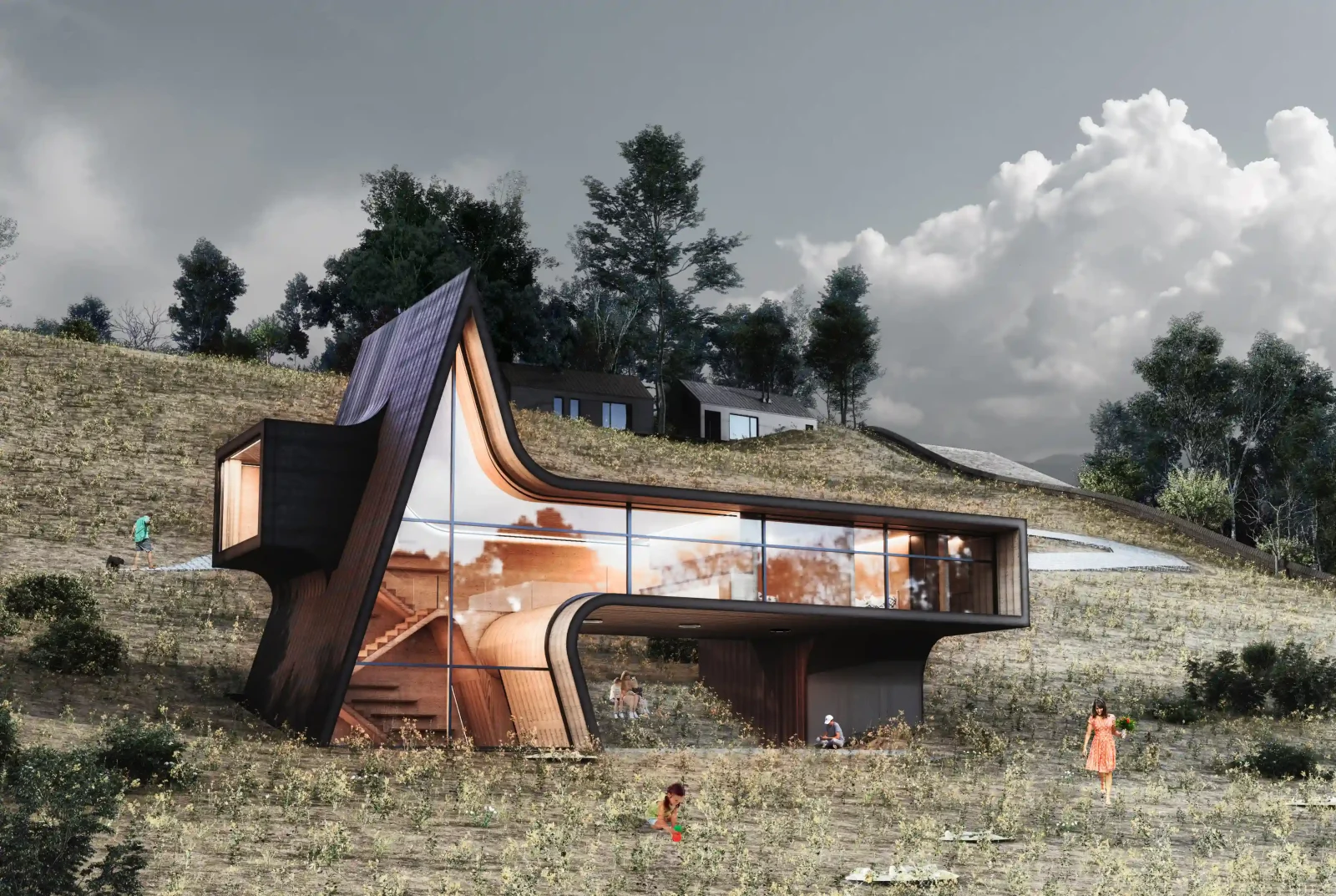






























Leave a comment